SSAO is a common technology to realize ambient light masking and improve the authenticity of objects. It can be divided into two stages: generating Ao map and using AO map. In the generation phase, we need a normal texture under view space and a depth texture as input. Depth texture is existing, which means that you need to add a new normal texture resource:
D3D12_RESOURCE_DESC texDesc;
ZeroMemory(&texDesc, sizeof(D3D12_RESOURCE_DESC));
texDesc.Dimension = D3D12_RESOURCE_DIMENSION_TEXTURE2D;
texDesc.Alignment = 0;
texDesc.Width = mRenderTargetWidth;
texDesc.Height = mRenderTargetHeight;
texDesc.DepthOrArraySize = 1;
texDesc.MipLevels = 1;
texDesc.Format = DXGI_FORMAT_R16G16B16A16_FLOAT;
texDesc.SampleDesc.Count = 1;
texDesc.SampleDesc.Quality = 0;
texDesc.Layout = D3D12_TEXTURE_LAYOUT_UNKNOWN;
texDesc.Flags = D3D12_RESOURCE_FLAG_ALLOW_RENDER_TARGET;
float normalClearColor[] = { 0.0f, 0.0f, 1.0f, 0.0f };
CD3DX12_CLEAR_VALUE optClear(DXGI_FORMAT_R16G16B16A16_FLOAT, normalClearColor);
ThrowIfFailed(md3dDevice->CreateCommittedResource(
&CD3DX12_HEAP_PROPERTIES(D3D12_HEAP_TYPE_DEFAULT),
D3D12_HEAP_FLAG_NONE,
&texDesc,
D3D12_RESOURCE_STATE_GENERIC_READ,
&optClear,
IID_PPV_ARGS(&mNormalMap)));
This normal texture has two uses. First, it should be used as a render target to save the normal in view space; Secondly, it is used as input for drawing AO map, so it requires two bound Views:
D3D12_RENDER_TARGET_VIEW_DESC rtvDesc = {};
rtvDesc.ViewDimension = D3D12_RTV_DIMENSION_TEXTURE2D;
rtvDesc.Format = DXGI_FORMAT_R16G16B16A16_FLOAT;
rtvDesc.Texture2D.MipSlice = 0;
rtvDesc.Texture2D.PlaneSlice = 0;
md3dDevice->CreateRenderTargetView(mNormalMap.Get(), &rtvDesc, mhNormalMapCpuRtv);
D3D12_SHADER_RESOURCE_VIEW_DESC srvDesc = {};
srvDesc.Shader4ComponentMapping = D3D12_DEFAULT_SHADER_4_COMPONENT_MAPPING;
srvDesc.ViewDimension = D3D12_SRV_DIMENSION_TEXTURE2D;
srvDesc.Format = DXGI_FORMAT_R16G16B16A16_FLOAT;
srvDesc.Texture2D.MostDetailedMip = 0;
srvDesc.Texture2D.MipLevels = 1;
md3dDevice->CreateShaderResourceView(mNormalMap.Get(), &srvDesc, mhNormalMapCpuSrv);
Before drawing normal, you also need to prepare the corresponding pipeline state object:
D3D12_GRAPHICS_PIPELINE_STATE_DESC drawNormalsPsoDesc = basePsoDesc;
drawNormalsPsoDesc.VS =
{
reinterpret_cast<BYTE*>(vs->GetBufferPointer()),
vs->GetBufferSize()
};
drawNormalsPsoDesc.PS =
{
reinterpret_cast<BYTE*>(ps->GetBufferPointer()),
ps->GetBufferSize()
};
drawNormalsPsoDesc.RTVFormats[0] = mNormalMapFormat;
drawNormalsPsoDesc.SampleDesc.Count = 1;
drawNormalsPsoDesc.SampleDesc.Quality = 0;
drawNormalsPsoDesc.DSVFormat = mDepthStencilFormat;
ThrowIfFailed(md3dDevice->CreateGraphicsPipelineState(&drawNormalsPsoDesc, IID_PPV_ARGS(&mDrawNormalsPso)));
With normal texture, you can draw AO map by hand. Similarly, we need to add a new resource. At the same time, the resource needs to be used as the output of AO pass and the input of normal scene pass. Therefore, we also need two bound Views:
texDesc.Width = mRenderTargetWidth;
texDesc.Height = mRenderTargetHeight;
texDesc.Format = DXGI_FORMAT_R16_UNORM;
float ambientClearColor[] = { 1.0f, 1.0f, 1.0f, 1.0f };
optClear = CD3DX12_CLEAR_VALUE(DXGI_FORMAT_R16_UNORM, ambientClearColor);
ThrowIfFailed(md3dDevice->CreateCommittedResource(
&CD3DX12_HEAP_PROPERTIES(D3D12_HEAP_TYPE_DEFAULT),
D3D12_HEAP_FLAG_NONE,
&texDesc,
D3D12_RESOURCE_STATE_GENERIC_READ,
&optClear,
IID_PPV_ARGS(&mAmbientMap)));
md3dDevice->CreateShaderResourceView(mAmbientMap.Get(), &srvDesc, mhAmbientMapCpuSrv);
md3dDevice->CreateRenderTargetView(mAmbientMap.Get(), &rtvDesc, mhAmbientMapCpuRtv);
Similarly, before drawing AO, you need to prepare the corresponding pipeline state object. Since there is already a depth buffer in the previous step, depth writing is not required here:
D3D12_GRAPHICS_PIPELINE_STATE_DESC ssaoPsoDesc = basePsoDesc;
ssaoPsoDesc.InputLayout = { nullptr, 0 };
ssaoPsoDesc.pRootSignature = mSsaoRootSignature.Get();
ssaoPsoDesc.VS =
{
reinterpret_cast<BYTE*>(vs->GetBufferPointer()),
vs->GetBufferSize()
};
ssaoPsoDesc.PS =
{
reinterpret_cast<BYTE*>(ps->GetBufferPointer()),
ps->GetBufferSize()
};
ssaoPsoDesc.DepthStencilState.DepthEnable = false;
ssaoPsoDesc.DepthStencilState.DepthWriteMask = D3D12_DEPTH_WRITE_MASK_ZERO;
ssaoPsoDesc.RTVFormats[0] = ambientMapFormat;
ssaoPsoDesc.SampleDesc.Count = 1;
ssaoPsoDesc.SampleDesc.Quality = 0;
ssaoPsoDesc.DSVFormat = DXGI_FORMAT_UNKNOWN;
ThrowIfFailed(md3dDevice->CreateGraphicsPipelineState(&ssaoPsoDesc, IID_PPV_ARGS(&mSsaoPso)));
The principle of SSAO is to randomly sample several points within a certain distance according to the coordinates of the sampling points, then judge the occlusion relationship between each point and the sampling points one by one, and finally calculate an occlusion weight value. In the shader code, the occlusion relationship between two points can be judged in a way similar to the following:
float4 PS(VertexOut pin) : SV_Target
{
...
// Test whether r occludes p.
float distZ = p.z - r.z;
float dp = max(dot(n, normalize(r - p)), 0.0f);
float occlusion = dp*OcclusionFunction(distZ);
...
}
float OcclusionFunction(float distZ)
{
float occlusion = 0.0f;
if(distZ > gSurfaceEpsilon)
{
float fadeLength = gOcclusionFadeEnd - gOcclusionFadeStart;
occlusion = saturate( (gOcclusionFadeEnd-distZ)/fadeLength );
}
return occlusion;
}
Because it is actually a pass of screen space, it is not necessary to pass in vertex buffer and index buffer during drawing:
cmdList->IASetVertexBuffers(0, 0, nullptr);
cmdList->IASetIndexBuffer(nullptr);
cmdList->IASetPrimitiveTopology(D3D_PRIMITIVE_TOPOLOGY_TRIANGLELIST);
cmdList->DrawInstanced(6, 1, 0, 0);
After obtaining the AO map, you can enter the formal object drawing stage, and sample the values in the AO map according to the pixel coordinates.
If you think my article is helpful, please pay attention to my WeChat official account.
